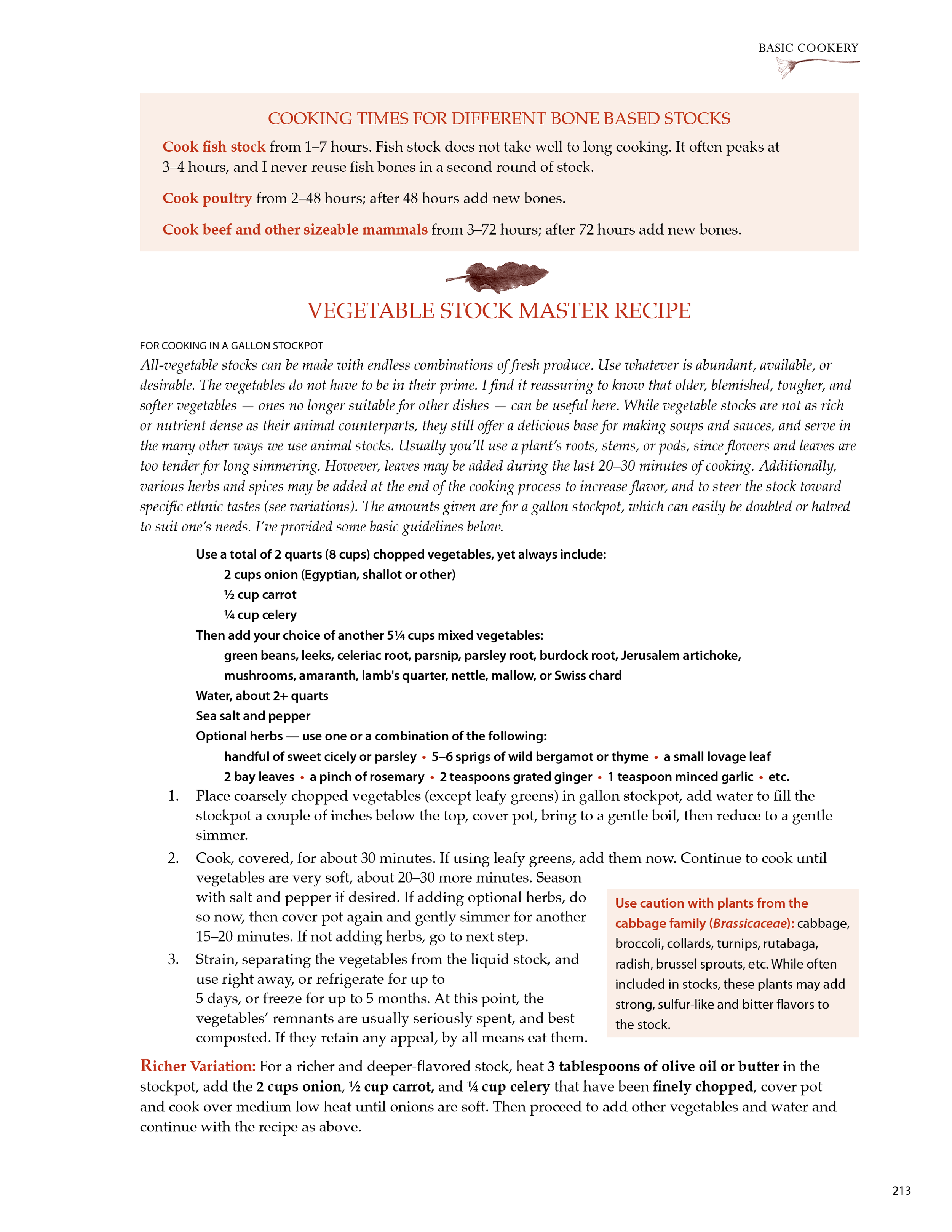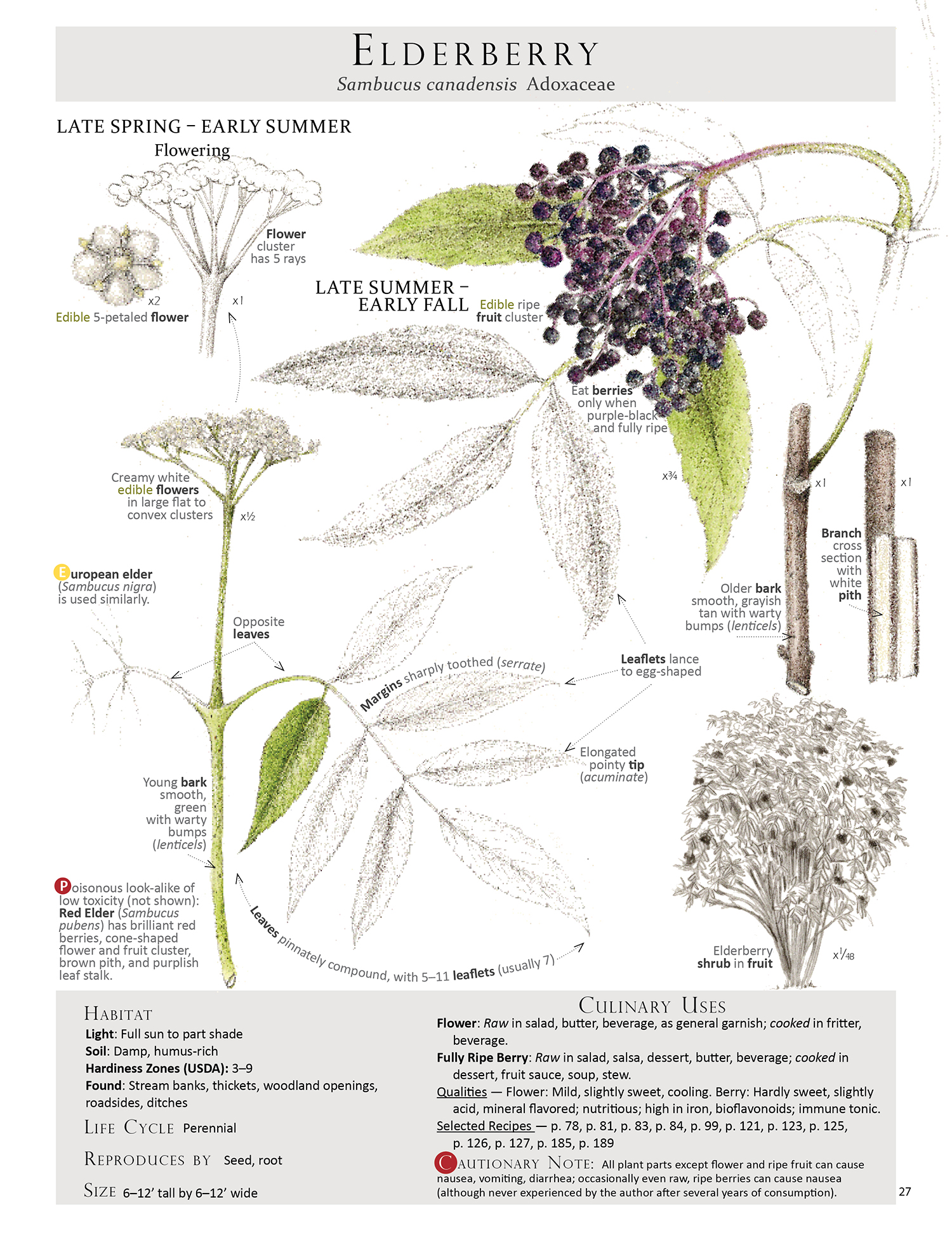The time of year has arrived for harvesting nettle seeds (Urtica dioica). The seeds of this perennial are considered a super food with adaptogenic properties. This means they help the body handle stress... all kinds of stress, by supporting adrenal function. Dosage: 1/2–1 teaspoon of fresh or dried seeds sprinkled into salads, soups, stews, etc. The seeds taste mild with a crunchy texture and can be easily added to dishes. Amazingly, some herbalist are finding the seeds help heal damaged kidneys — wow! Here is to a wild, invasive, highly useful medicinal food. FYI, may be very stimulating/energizing to some folks, so best to eat earlier in the day. Enjoy! Image from our book Foraging & Feasting: A Field Guide and Wild Food Cookbook. Check this link for more info on nettle seed.
One of the two nettle pages from the book Foraging & Feasting: A Field Guide and Wild Food Cookbook by Dina Falconi; illustrated by Wendy Hollender .
































